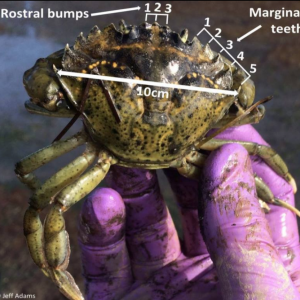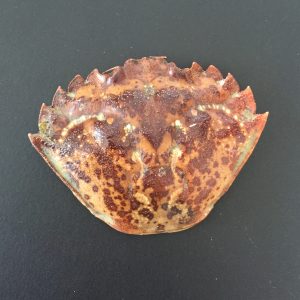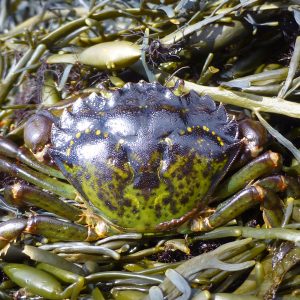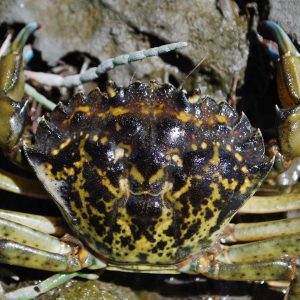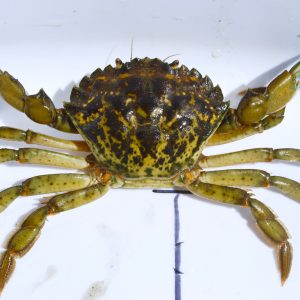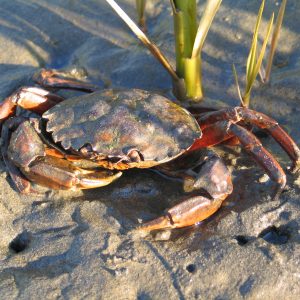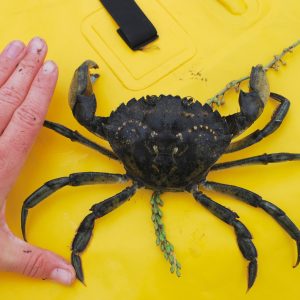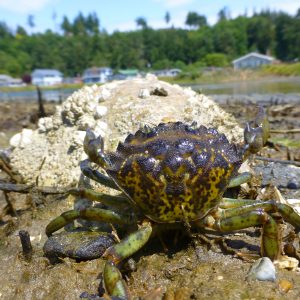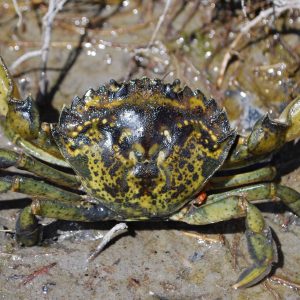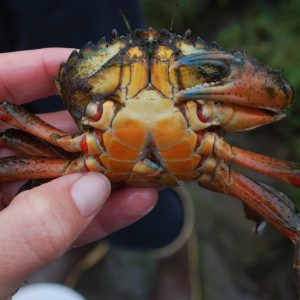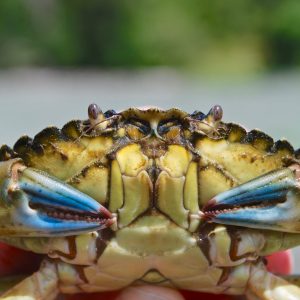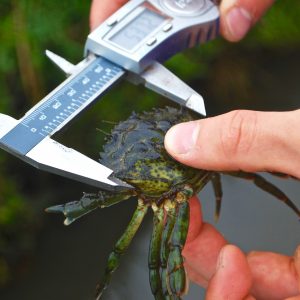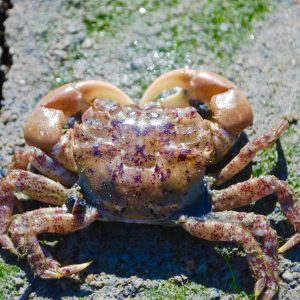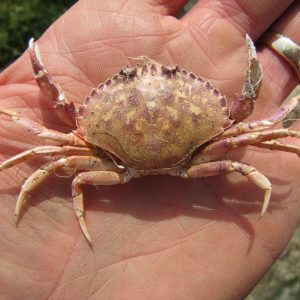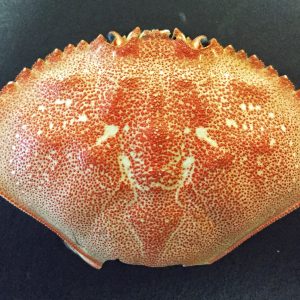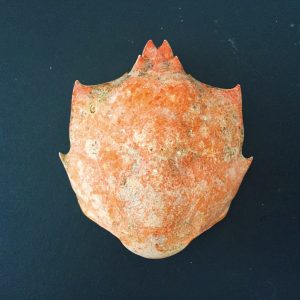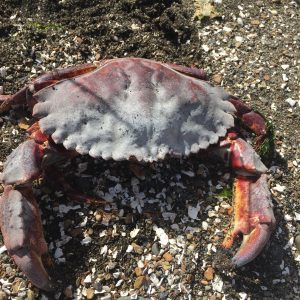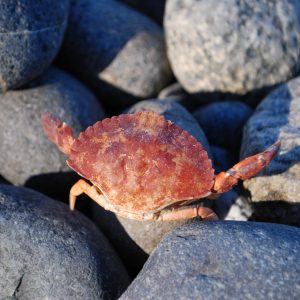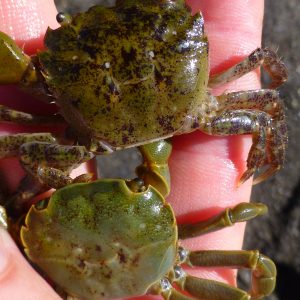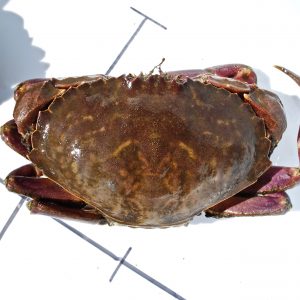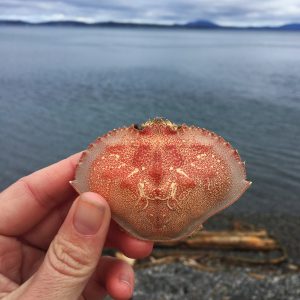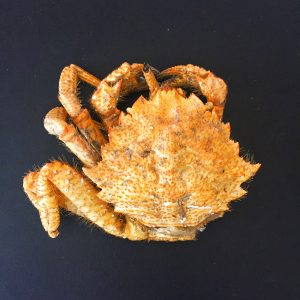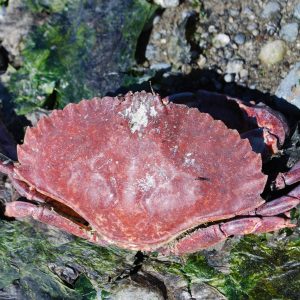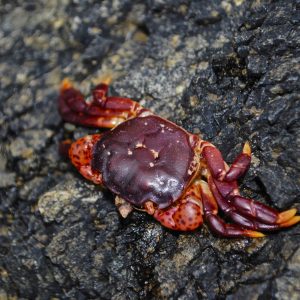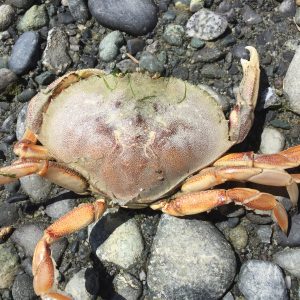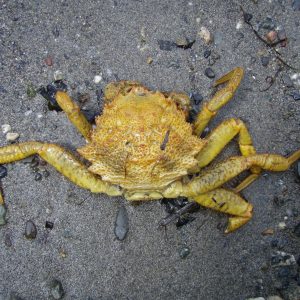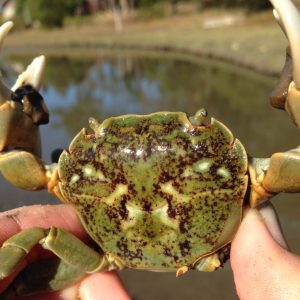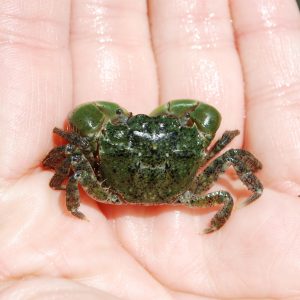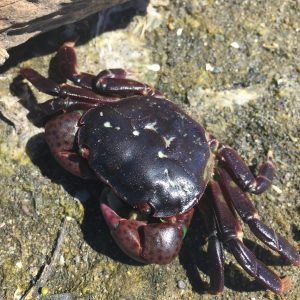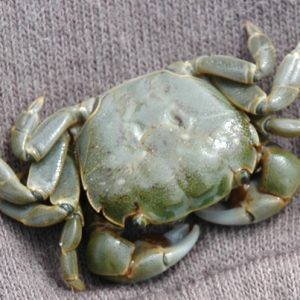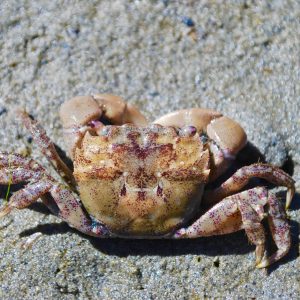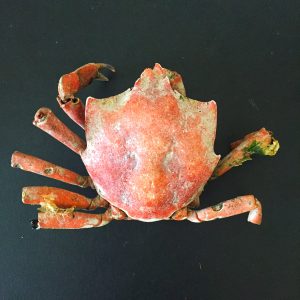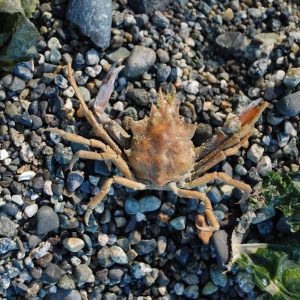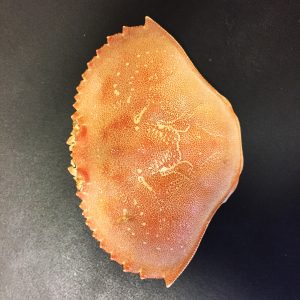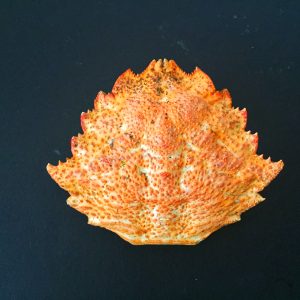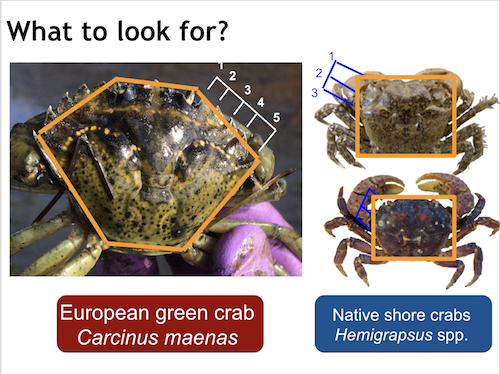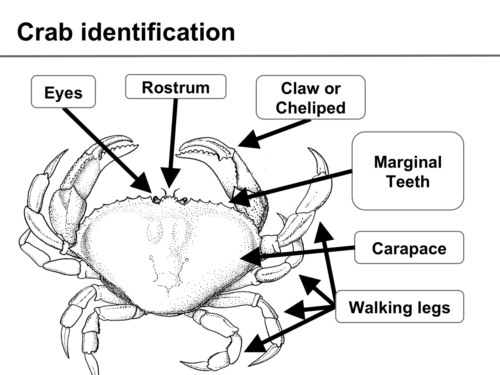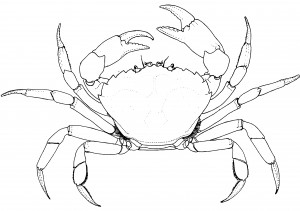 The best way to protect Puget Sound from invasion by the European green crab is to learn how to recognize them and report sightings. This species is often confused with several similar-looking native crabs, so it is important to know the difference. In addition to knowing what to look for, we have some suggestions for where to look, and which inland Washington sites might be ideal green crab habitat.
The best way to protect Puget Sound from invasion by the European green crab is to learn how to recognize them and report sightings. This species is often confused with several similar-looking native crabs, so it is important to know the difference. In addition to knowing what to look for, we have some suggestions for where to look, and which inland Washington sites might be ideal green crab habitat.
Size: At its largest, the back shell (carapace) measures up 4” across, but it is more likely one would find smaller, younger crabs. Males are generally larger than females of the same age.
Color: Although known by the common name of green crab, color is not its distinguishing feature. The carapace color can vary widely. Juveniles can change color to match their surroundings each time they molt. Adults are generally dark greenish with yellow markings, and often have some orange at the joints. The underside of the crab is off-white, but can often be bright yellow or even red.
Shape: The back shell is wider at the front than the back. Compare this to the square shell of an Oregon shore crab (Hemigrapsus oregonensis). The absolute best way to tell this crab apart from other species is by the number of spines next to the eye (marginal teeth). The green crab is entirely distinct from other native crabs with its five marginal teeth.
Legs and Claws: This crab has relatively long legs compared to the main body, and narrow claws. The last pair of legs is slightly flattened, as this species is in the same family as swimming crabs – although the European green crab is not a strong swimmer.
Identification Resources
When learning to recognize a new species, it is helpful to look at a variety of pictures. By comparing many individuals of a single species, you will start to distinguish which characteristics are variable among different crabs and which are constant. Peruse the images of green crabs in the gallery on the left, or with this Google image search, to see if you can identify the features above in each picture. Then, explore the gallery on the right to see how several native crab species, which could be confused with green crabs, differ.
European Green Crab Gallery
Native Crab Gallery
Where Do Green Crabs Like to Live?
This species is a shore crab, which means it generally lives on beaches and marshes rather than in deeper waters. In the Pacific Northwest, the green crab is often found in muddy shoreline habitats, like salt marshes and pocket estuaries. In these environments, green crabs are protected from larger predatory species like Dungeness and rock crabs, which will prey on smaller green crabs.
The Crab Team evaluated more than 400 sites across Washington’s inland shorelines using Google Earth. Based on habitat features visible from space, sites were categorized by how suitable the habitat would be for green crabs. The map above shows sites ranked by suitability and sites currently being monitored by WSG volunteers and other programs. It also indicates whether green crabs have been found at a site yet. Of course, the likelihood of green crabs being found at a site depends upon whether green crabs can actually get there (see Invasive Green Crab Overview for information on how green crabs relocate to new places). With that in mind, green crabs may never arrive at some sites, although the habitat may be highly suitable. One might also find green crabs in locations where one wouldn’t expect to find them if they are close to a source population (e.g., Sooke Inlet).
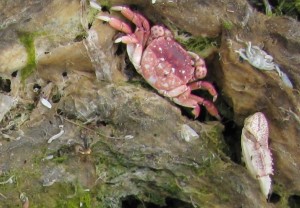
Molts from native crabs in the beach wrack
One of the best spots on the beach to look for evidence of green crabs is in the wrack. Light debris or wrack, such as algae and trash, is often deposited in piles on the beach, as the tide drops. This is a good place to look for crab molts. You might also find them tangled up in vegetation, such as pickleweed and marsh grasses. The color of molts is generally lighter than live crabs, but you should still be able to recognize the triangular shaped carapace of a European green crab, with five marginal teeth along the front edge.
Please note, our map is intended only to highlight sites we think would be good green crab habitat. Please respect private property when exploring any shoreline area.
